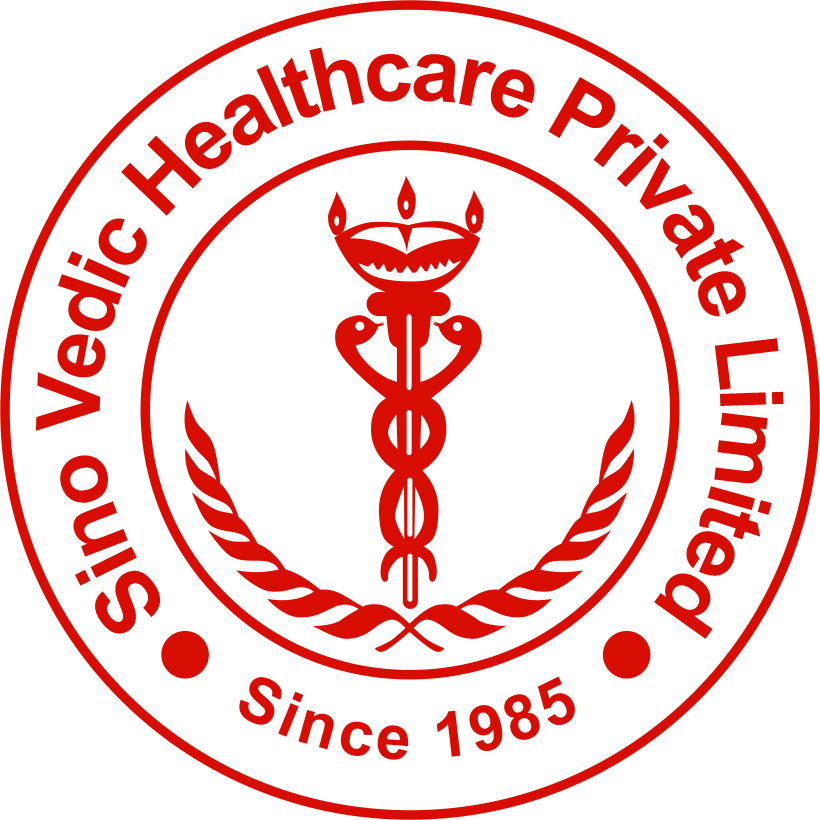After nearly two centuries of decline in herbal medicine, something quite unexpected has begun to happen. Herbs which have always been the principal form of medicine in developing countries, are once again becoming popular throughout the developed world, as people prefer to treat illness with medicines that work in concert with the body’s own defences. After the initial euphoria with purely synthetic compounds, herbal medicine is taking a fresh look and this is reflected in the changing attitude of the pharmaceutical industry. Twenty years ago, none of the top 250 drug firms had a herbal research programme but now over half of them are having the same. The World Health Organisation is also co-ordinating this effort. According to WHO survey reports, it is estimated that 80 percent of the global population still relies on herbal based medicines for primary health care. Even in the most developed countries, 25 percent of currently prescribed medicines were first identified in herbal plants.
In all but the last 55 years, humanity has relied almost on herbs to treat all diseases. Today, herbal remedies are coming back into prominence because the efficacy of conventional medicines such as antibiotics, which once had near universal effectiveness against serious infections is on the decline. Infectious organisms have developed resistance to allopathic drugs, for instance malaria has become resistant as the protozoa causing the infection no longer responds to the conventional treatment in many parts of the world and the herbs have again proven their superiority; the active constituent artemisin derived from the herb 'Artemisia annua' is now being used to treat the resistant malaria.
Herbs contain hundreds, if not thousands of different chemical constituents that interact in complex ways. Active constituents responsible for the medicinal actions of different herbs have been isolated and observed recently. The common active constituents of herbs are Gums, Mucilages, Resins, Phenols, Tannins, Coumarins, Anthraquinones, Flavonoids, Anthocyanins, Glucosilinates, Volatile oils, Saponins, Cardiac glycosides, Cyanogenic glycosides, Vitamins, Bitters, Acids, Alkaloids and Minerals. Although it is important to understand the action of individual active constituent, the value of a medicinal herb can not be reduced simply to a list of its active constituents. Scientific research is showing that active constituents of many herbs interact in complex ways to produce the therapeutic effect of the remedy as a whole. Most prescriptions require several herbs, which work together to give the combined effect known as ‘synergistic effect’.
Many medical scientists have found it impossible to accept that herbal medicines are better than allopathic medicines. Fortunately, as more and more research is revealing the effectiveness of herbal medicines, this attitude is beginning to change. Modern research often confirms what has been known to herbal practitioners for centuries.
The word drug comes to us from the old Dutch term,droogen, meaning dried roots. The herbs have been the most important source of ‘feedstock molecules' that can be transformed into drugs, for example, development of oral contraceptives was possible from the processing of steroidal components of herbs such as Yams 'Dioscorea species' and Sisals 'Agave species'. Herbal molecules can serve as models for designing more effective drugs. Immunomodulating activities of many herbs, several of them native to the Indian subcontinent, are being appreciated with the discovery of interferons, cytokines and other immuno-modulators.
Over the years public awareness has led to a renewed interest in herbal medicine. The major pharmaceutical companies have realised that herbs are a great source of potentially invaluable medicines. As a result, they are investing large sums to try to find new herbal constituents that can be marketed as medicines. The re-exploration of herbal wealth in technologically advanced countries like USA, Germany, France, Japan and China, has considerably improved the quality of herbal medicines.
In western Europe the first university courses in herbal medicine started at Middlesex university in London in 1994. With opening of many schools of Western herbal medicine in the USA and Canada, herbalism is now stronger and more popular than ever. The Chinese herbal medicine is now practised by trained practitioners in every continent. In 1995, the French government signed an agreement with the People's Republic of China to establish a hospital in Paris, offering Chinese herbal medicine.
Statistics show that more and more people in Europe, America and Australia prefer the herbal medicines and they are consulting trained herbal practitioners. In Germany, the combined sales of herbal medicines touched $ 5 billion in 1998. The sales of herbal medicines in the UK and Spain are increasing every year by 10 and 35 percent, respectively. The figures of United States also show a similar rise. The demand for American ginseng 'Panax quinquefolium' has become so great that it fetches around $1500 a kg. If this is the shape of things to come, we can expect remarkable discoveries in the field of herbal medicine in the 21st century.
Disclaimer:
This content is for information and educational purposes only and should not be perceived as medical advice. Please consult a certified medical or healthcare professional before making any decision regarding your health using the content above.
